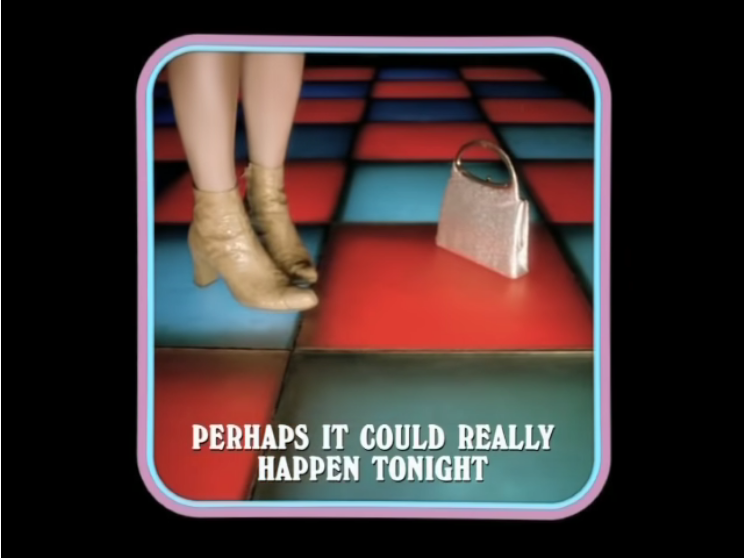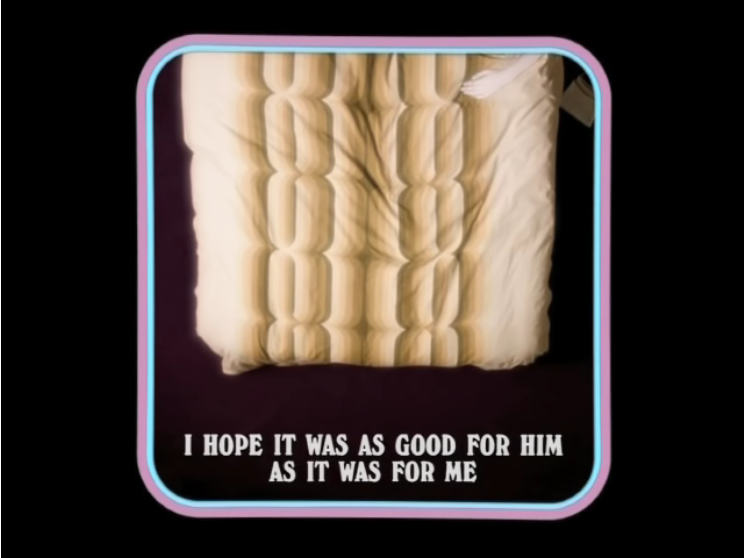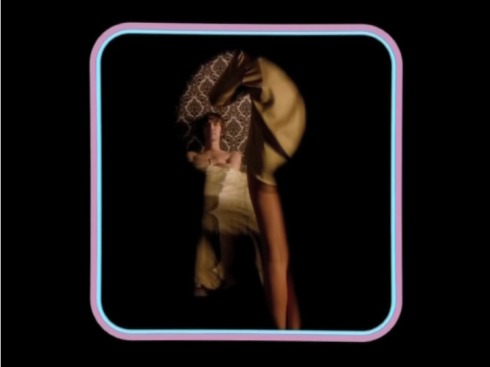“I never knew that you’d get married
I would be living down here on my own
On that damp and lonely Thursday years ago…”
Pulp’s song “Disco 2000” from their 1995 album “Different Class” is a song about the singer Jarvis Cocker’s childhood crush Deborah, but told through the lense of adulthood. The song is based on real events from Cocker’s childhood; there was indeed a girl called Deborah who was popular and pretty, but had no interest in Cocker and didn’t notice him at all. In the song he fantasises about meeting her at some distant point in the future, in the year 2000, when they’re both grown ups. There is a wittiness and a sense of humour, a slight self-deprecation which are all always present in Pulp’s songs but there is also a tinge of sadness, especially as the song’s narrator is realising that his childhood crush is now married while he is single and lonely on that damp Thursday: “I never knew that you’d get married/ I would be living down here on my own/ On that damp and lonely Thursday years ago….” There is even a cute sort of desperation when he sings “Oh, what are you doing Sunday, baby?/ Would you like to come and meet me, maybe?/ You can even bring your baby…” He doesn’t even care that she is with somebody, as long as he can see her.




Stills from the music video.
It is as if in one moment you are a carefree teen sitting bored in school, fantasising what your adult life might be, and you blink and suddenly you are twenty-something and your peers are getting married and having children. Doors are closing, opportunities being limited. We all have a certain someone that we fancied back in high school, or even primary school and we may have had certain fantasies and now we may have the what-ifs. That interest may have been only one-sided, or both parties may have been too shy to act upon anything… Time passes and school finishes. We move on with our life and we forget about that person, but there is always a warm, pure feeling to the memory. And the memory is pure and warm precisely because nothing happened; if something did happen, then it would likely leave us disappointed, as most school-age ‘loves’ do. Something that could have been always has more charm than something that is. For those living in small towns such as myself the feeling is even stronger because there is less people to see and it is almost impossible to avoid certain people even if we want to. Someone that was a rebel-without-a-cause, sitting with you in the last row in biology class and cracking jokes is now delivering pizza and you pretend not to see them when you do see them. I guess we’ll never meet at the fountain by the road.




And I said, “Let’s all meet up in the year 2000Won’t it be strange when we’re all fully grown?Be there two o’clock by the fountain down the road”I never knew that you’d get marriedI would be living down here on my ownOn that damp and lonely Thursday years ago





















